First, lets take a simulated look of how the following image is viewed by different people:
Normal Color Vision
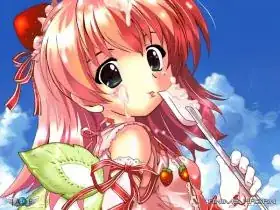
Red Blind (Protanopia)
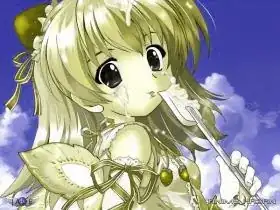
Green-Blind (Deuteranopia)
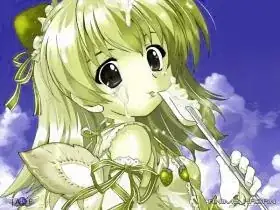
Blue-Blind (Tritanopia)
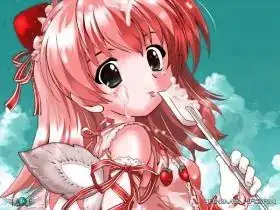
Red-Weak (Protanomaly)
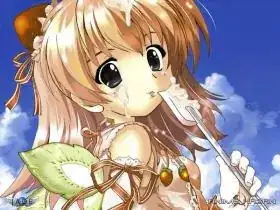
Green-Weak (Deuteranomaly)
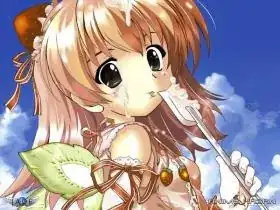
Blue-Weak (Tritanomaly)
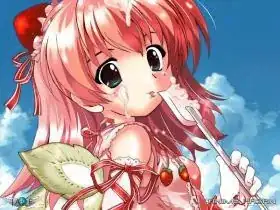
Monochromacy (Achromatopsia)
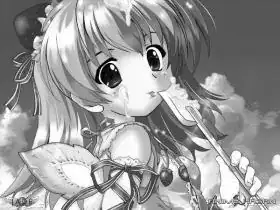
Blue Cone (Monochromacy)
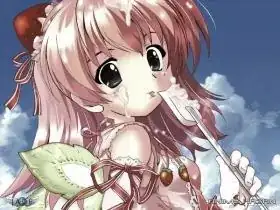
Protanopia and Deuteranopia are the most common types of colorblindness.
As you see, the experiences of these color-blind viewers are not inhibited by their condition. Though a particular image or scene might not have as much of an impact on a normal user, they are still able to enjoy the other aspects of anime such as the writing and dialog, voice-acting, most importantly the animation.
There might not necessarily be anime for blind people, because anime is intended to be marketed to a wider audience, usually for recreational purposes.
Typically anime productions don't factor accessibility concerns of color blind viewers in the budget due to the extra costs required, since most of the profit from an anime production is from disc sales.
Color blind people usually rely on the settings on their computer (using a specific color profiles, "color blind" modes in games) or television (color adjustments on the TV) to adjust their visual experience.
Rarely does color play a major plot and history of an anime series, but if it does, the change is usually significant (e.g. Victorique's hair in Gosick), noticeable, and/or emphasized by the story and dialogue.
The color setting is only a small piece of the anime puzzle. Even without it, you might be missing small details, you'll still be able to get the big picture.








